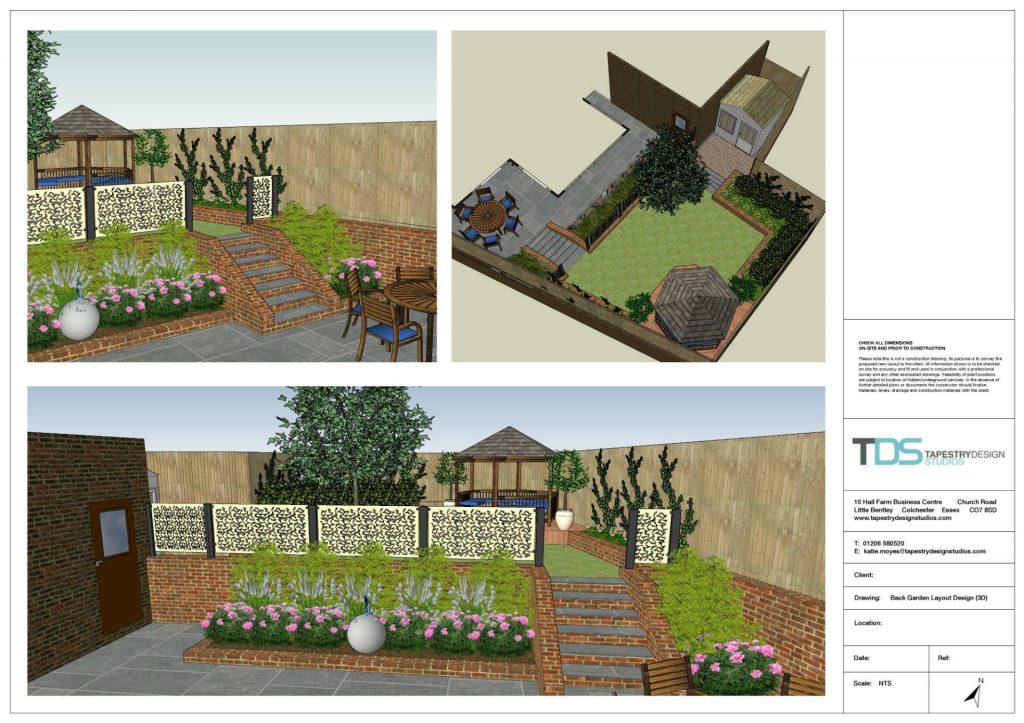What You Need to Know About Garden and Landscape Design

Those interested in Garden and Landscape Design should keep in mind some key factors when planning a garden, including the nature of the boundaries, the focal point, and the planting plan. These elements are all important to create a beautiful, thriving landscape.
Planting plan
Planting a garden is a great way to improve the aesthetic value of your property. But there’s a lot to consider before getting started. The right plan can ensure that your plants are chosen well and that your yard is healthy and beautiful.
The first step is to identify the existing plants on your property. These may include trees, shrubs, or other vegetation. Make sure to take note of the height of each plant and the space it takes up. It’s also a good idea to draw an outline of your yard and draw in slopes and other features.
Next, consider sun and wind conditions. You’ll want to position your plants to receive maximum exposure to sunlight. If possible, keep track of the number of hours that each part of your garden gets direct sunlight. This will help you determine which parts of your yard are shady and which are sunny.
Focal point
There are many advantages to having a focal point in your landscape design. These points can enhance the beauty of your garden and add personality to your yard.
Focal points may be inanimate objects or they may be a combination of plants and features. The key is to choose the right ones.
A focal point should be both interesting and functional. It can be a bench, sculpture, water feature, or building.
The best focal point is the one that draws attention to a particular location in your landscaping. For instance, a fountain in a row of French doors is a good idea. Or, a garden arbor is an enticing way to draw attention to a sloping hill.
Focal points should not be too large or too small. They should be coordinated and complement the rest of your landscaping.
Nature of the boundaries
Garden and landscape design is an art that combines nature with more processed materials. This is achieved by developing transitional connecting zones between the limits of buildings, engineering structures, and nature itself. As such, garden and landscape design is unique. Ultimately, it is an artistic exercise that invigorates the imagination, and helps us to understand the natural world.
There are many reasons to create a well-designed garden, from aesthetics to utility. For example, a good garden can make a house a home. In addition, a well-planned landscape can serve as a backdrop for a home, and provide a relaxing respite from a stressful day.
A good garden can also help to create a healthy environment for people and animals. Some common themes in garden and landscape design include trees, shrubs, and water features. Water features can have a number of uses, including helping to mask street noise and creating ambience.
Sources of inspiration
There are many sources of inspiration for garden and landscape design. Some ideas come from trips, music, paintings, or everyday objects. These sources can be found anywhere.
For example, the landscape at Claude Monet’s home in Giverny, France, inspired the painter’s watercolors. A camping trip to native woodlands might also inspire a landscape design.
One of the most important aspects of any landscape is its form. Form can take many forms, from the shape of plants to the asymmetry of forces. When choosing a theme for a garden, consider the surrounding views and your own personal preferences.
Other sources of inspiration for garden and landscape design include art, songs, and dance. Music is often used to evoke a mood, and can bring out a sense of relaxation or exuberance. However, it can also be an anxiety-inducing or contemplative experience.
Career opportunities
If you’re a fan of gardening, you may be interested in pursuing a career in garden and landscape design. This type of work requires an eye for aesthetics, an appreciation of nature, and a keen sense of design.
To pursue this career, you must first earn a degree in horticulture or landscape architecture. In addition, you should get experience by working in the field and taking courses. Upon gaining this expertise, you can go on to study landscape architecture at a postgraduate level.
Landscape architects are employed in the public and private sectors. Some design their own landscapes while others are employed by professional landscape firms. They determine how to lay out paths for large amounts of traffic and specify the location of plants and other structures.





